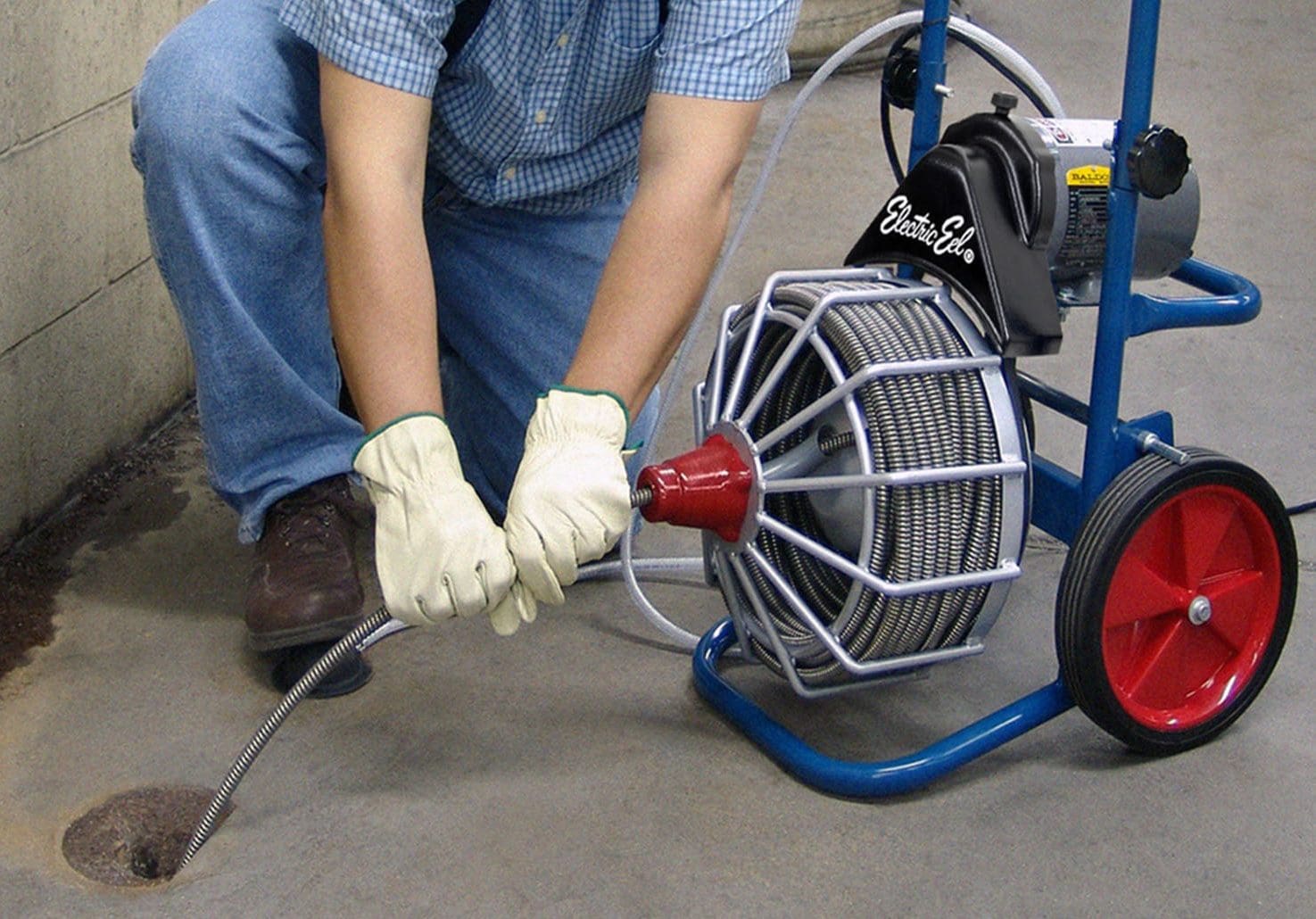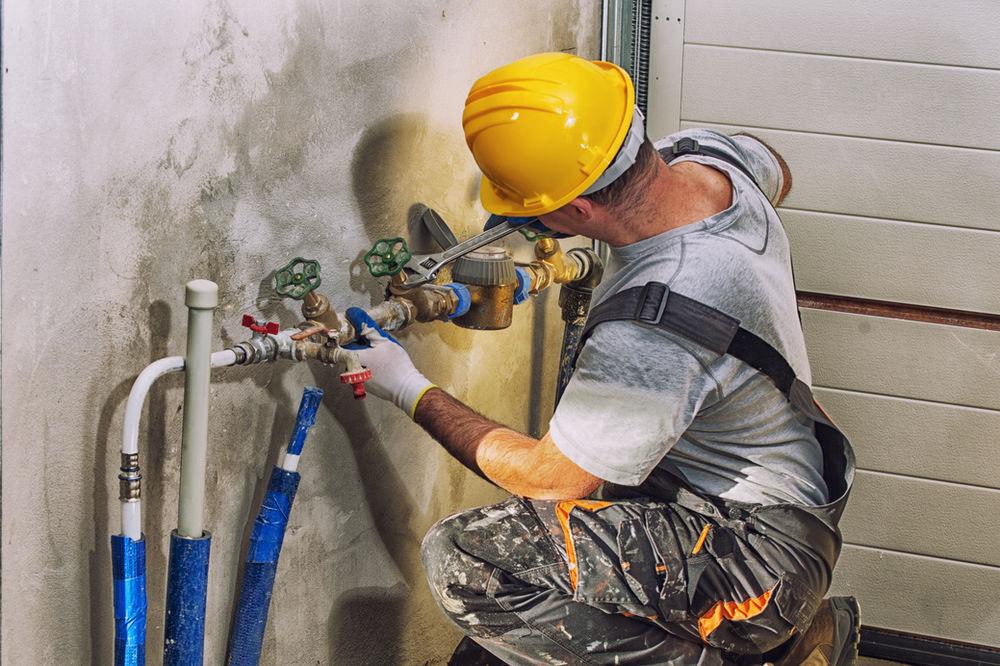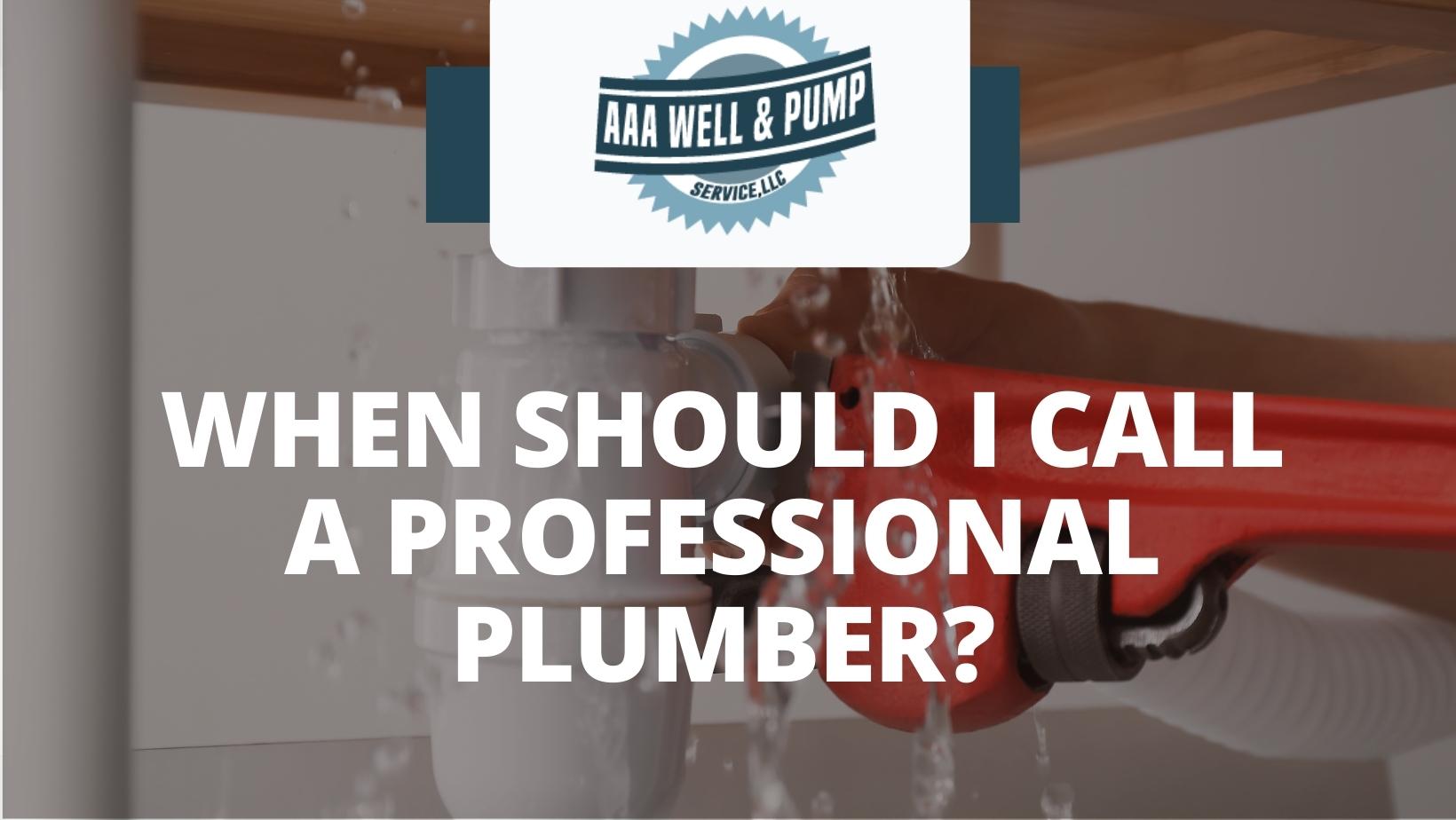If you're dealing with a clogged kitchen sink, the first thing you should try is using a plunger. This trusty tool is great for dislodging and removing any blockages in your sink. Start by filling the sink with enough water to cover the rubber part of the plunger. Then, place the plunger over the drain and begin plunging up and down vigorously. This should create enough suction to remove the clog and allow the water to drain properly.1. Use a plunger to unclog the kitchen sink
If the plunger doesn't work, your next option is to use a drain snake. This tool is designed to reach deep into the pipes of your sink and remove any stubborn clogs. To use a drain snake, insert the end with the corkscrew-like tip into the drain and begin twisting and pushing it through the pipes. This should help to break up and remove the clog, allowing water to flow freely through the pipes once again.2. Try using a drain snake to remove any blockages
A natural and effective way to unclog your kitchen sink is by using a mixture of baking soda and vinegar. Start by pouring half a cup of baking soda down the drain, followed by a cup of vinegar. Let the mixture sit for about 30 minutes, then pour hot water down the drain to flush it out. The combination of the baking soda and vinegar will create a foaming reaction that can help break down and remove any clogs in your sink.3. Use a mixture of baking soda and vinegar to break down any clogs
If your kitchen sink is connected to a dishwasher, a clog in the dishwasher drain hose could be causing your sink to back up. To check for this, locate the dishwasher drain hose and inspect it for any clogs or kinks. If you find any, use a plumbing snake or a wire hanger to remove the blockage and straighten out the hose. This should allow water to drain more easily from your sink.4. Check the dishwasher drain hose for any clogs or kinks
If the above methods don't work, you can try using a commercial drain cleaner that is specifically designed for kitchen sinks. These products are formulated to break down and remove clogs in your sink, and can be found at most hardware stores. Be sure to follow the instructions carefully and use protective gloves and eyewear when handling these chemicals.5. Use a commercial drain cleaner specifically designed for kitchen sinks
The sink trap, also known as the P-trap, is located under your sink and is designed to catch debris before it clogs your pipes. If you suspect that the trap is the cause of your clogged sink, you can try removing it and cleaning it out. Place a bucket or large container underneath the trap to catch any water, then use pliers to loosen and remove the trap. Clean out any debris and then reattach the trap, making sure it is tightly secured.6. Remove and clean the sink trap to remove any debris
If a regular plunger isn't doing the trick, you may want to invest in a plunger specifically designed for kitchen sinks. These plungers have a longer and narrower shape, making them more effective for unclogging sinks. Follow the same plunging technique as with a regular plunger and see if this helps to clear the clog.7. Use a plunger specifically designed for kitchen sinks
In some cases, a wet/dry vacuum can be used to suck out any clogs in your kitchen sink. Start by setting the vacuum to the wet setting and placing the hose over the drain. Turn on the vacuum and see if it is able to suck out the clog. This method may not work for all types of clogs, but it is worth a try before moving on to more drastic measures.8. Try using a wet/dry vacuum to suck out any clogs
If all else fails, it may be time to bring out the big guns – a plumbing snake. These tools are specifically designed to break up and remove tough clogs in your pipes. Insert the snake into the drain and twist and push it through the pipes until you feel the clog break up. This may take several attempts, but eventually, the clog should be removed and your sink will drain properly.9. Use a plumbing snake to clear out any stubborn clogs
If none of the above methods work, it may be time to call in a professional plumber. They will have the tools and expertise to properly diagnose and fix the clog in your kitchen sink. While this may be a more expensive option, it can save you time and frustration in the long run. Dealing with a clogged kitchen sink can be a hassle, but with these tips, you should be able to unclog it and get back to your daily routine. Remember to use preventative measures in the future, such as using a sink strainer to catch debris and avoid clogs. With proper maintenance, you can keep your kitchen sink running smoothly for years to come.10. Call a professional plumber if all else fails
Preventing Clogs in Your Kitchen Sink and Dishwasher
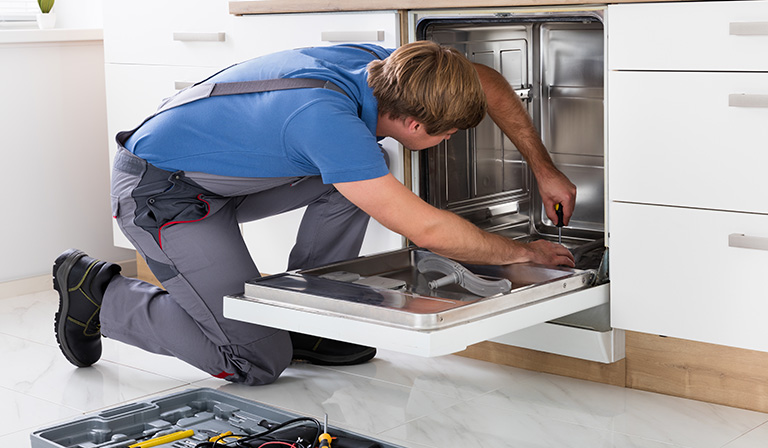
Keeping Your Kitchen Running Smoothly
 When it comes to your kitchen, the sink and dishwasher are two essential components that make cooking and cleaning a breeze. But nothing can be more frustrating than a clogged kitchen sink or dishwasher, causing a backup of water and creating a messy and unsanitary environment. Not to mention the added expense of calling a plumber to fix the problem.
Fortunately, there are preventive measures you can take to avoid clogs in your kitchen sink and dishwasher.
When it comes to your kitchen, the sink and dishwasher are two essential components that make cooking and cleaning a breeze. But nothing can be more frustrating than a clogged kitchen sink or dishwasher, causing a backup of water and creating a messy and unsanitary environment. Not to mention the added expense of calling a plumber to fix the problem.
Fortunately, there are preventive measures you can take to avoid clogs in your kitchen sink and dishwasher.
Proper Maintenance and Cleaning
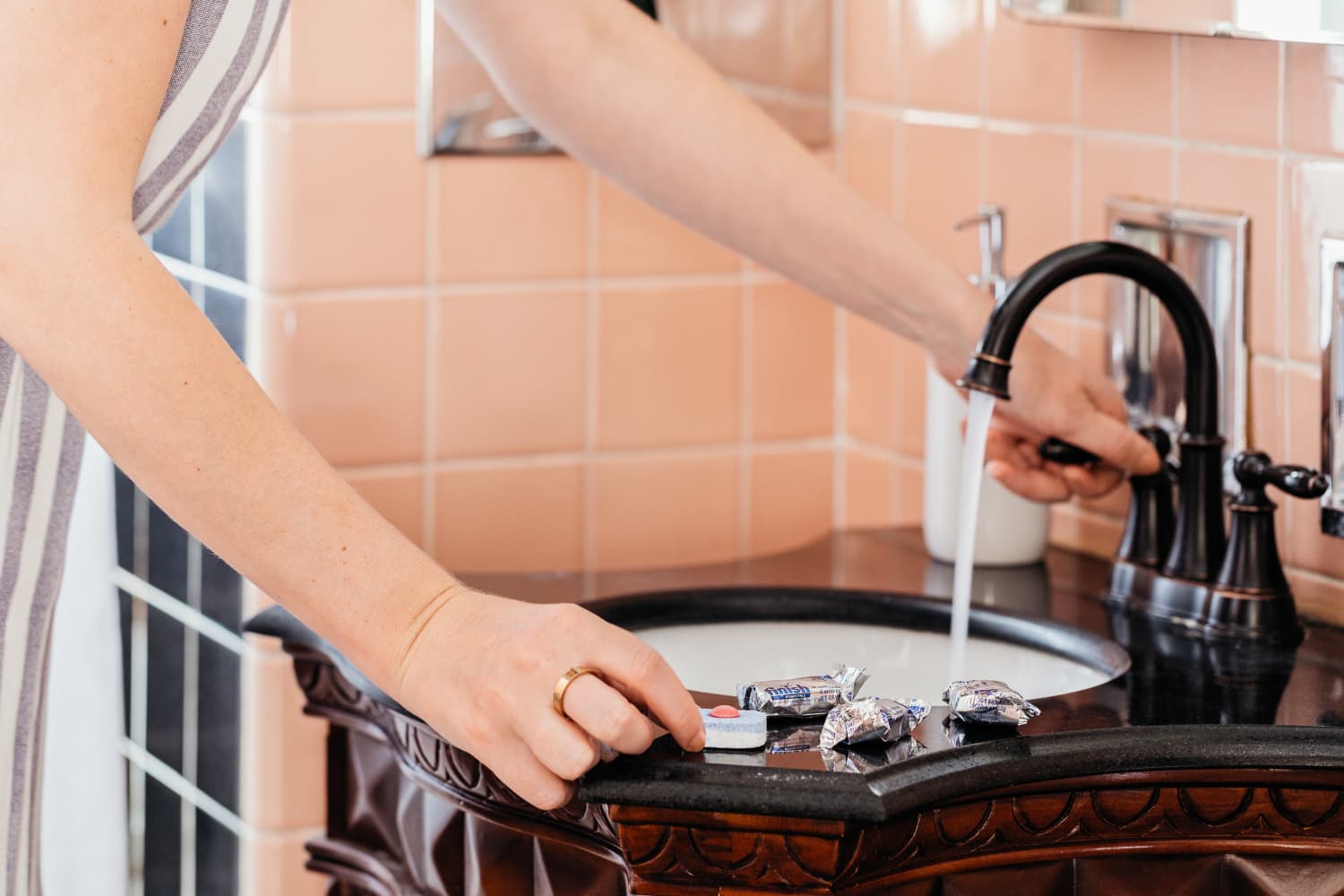 One of the best ways to prevent clogs in your kitchen sink and dishwasher is by practicing proper maintenance and cleaning. This includes regularly
cleaning out food scraps and debris from your sink strainer and dishwasher filter
, as well as
using a safe and effective drain cleaner
to clear any buildup that may be forming in your pipes. It's also important to
avoid pouring grease and oil down your sink
, as they can solidify and cause blockages.
One of the best ways to prevent clogs in your kitchen sink and dishwasher is by practicing proper maintenance and cleaning. This includes regularly
cleaning out food scraps and debris from your sink strainer and dishwasher filter
, as well as
using a safe and effective drain cleaner
to clear any buildup that may be forming in your pipes. It's also important to
avoid pouring grease and oil down your sink
, as they can solidify and cause blockages.
Be Mindful of What Goes Down the Drain
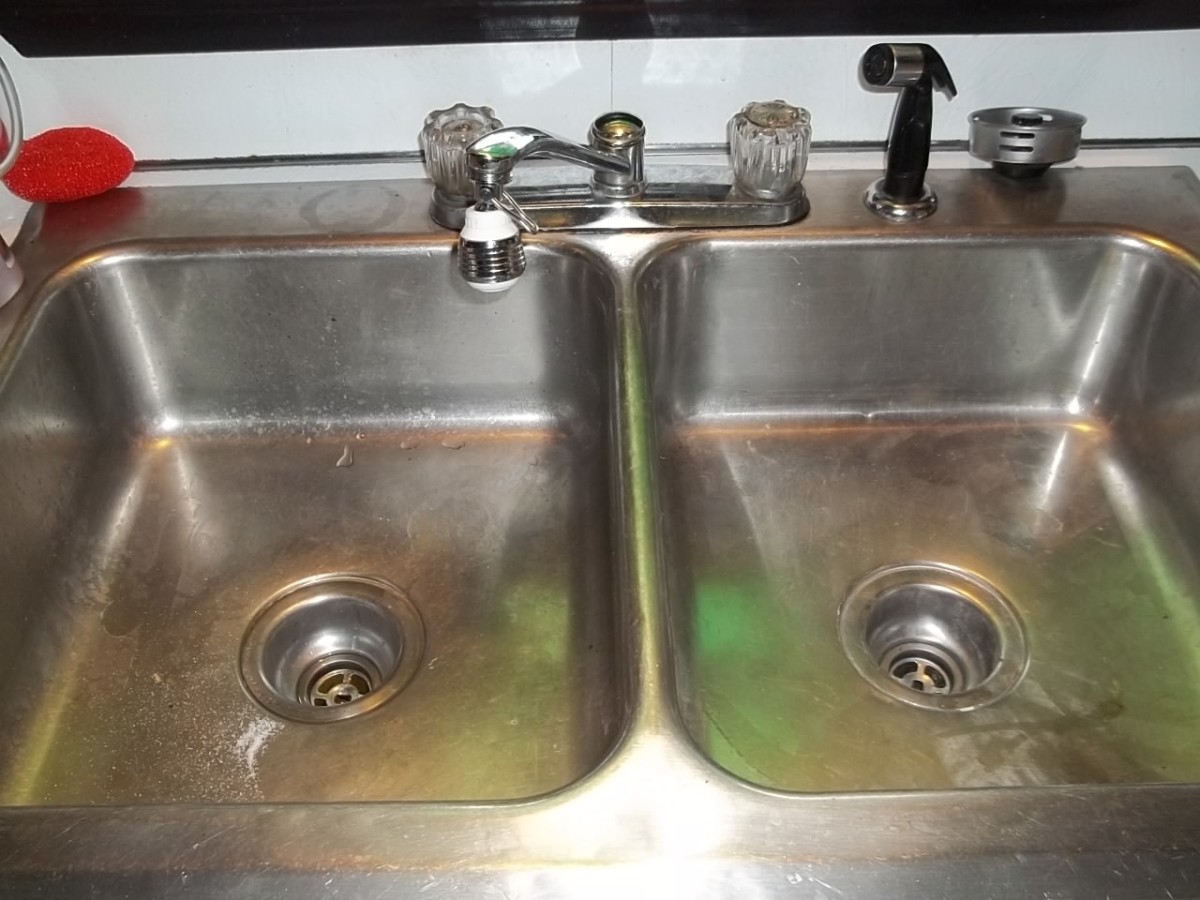 Being mindful of what you allow to go down your kitchen sink and dishwasher drains can also help prevent clogs.
Avoid disposing of large chunks of food or fibrous materials such as potato peels or coffee grounds, as these can get stuck in your pipes and cause a backup.
Using a drain strainer
in your sink can also help catch any debris that may accidentally go down the drain.
Being mindful of what you allow to go down your kitchen sink and dishwasher drains can also help prevent clogs.
Avoid disposing of large chunks of food or fibrous materials such as potato peels or coffee grounds, as these can get stuck in your pipes and cause a backup.
Using a drain strainer
in your sink can also help catch any debris that may accidentally go down the drain.
Regularly Check for Leaks
 Leaks in your kitchen sink or dishwasher can also lead to clogs.
Regularly checking for leaks and fixing them promptly can prevent potential clogs from occurring.
If you notice any leaks, be sure to tighten or replace any loose or damaged parts to keep your kitchen running smoothly.
Leaks in your kitchen sink or dishwasher can also lead to clogs.
Regularly checking for leaks and fixing them promptly can prevent potential clogs from occurring.
If you notice any leaks, be sure to tighten or replace any loose or damaged parts to keep your kitchen running smoothly.
Install a Garbage Disposal
 If you frequently deal with large amounts of food waste, consider installing a garbage disposal in your kitchen sink.
A garbage disposal can help break down food scraps into smaller pieces, making them easier to wash down the drain. However, be sure to
avoid disposing of items such as bones, fruit pits, or non-food items
in your garbage disposal, as they can damage the blades and cause clogs.
If you frequently deal with large amounts of food waste, consider installing a garbage disposal in your kitchen sink.
A garbage disposal can help break down food scraps into smaller pieces, making them easier to wash down the drain. However, be sure to
avoid disposing of items such as bones, fruit pits, or non-food items
in your garbage disposal, as they can damage the blades and cause clogs.
Conclusion
 Taking these preventive measures can help keep your kitchen sink and dishwasher free from clogs and running smoothly. However, if you do encounter a clog, be sure to
use a plunger or a plumbing snake
to try and clear it before resorting to calling a professional.
By properly maintaining and being mindful of what goes down your drains, you can save yourself from the hassle and expense of dealing with clogs in your kitchen sink and dishwasher.
Taking these preventive measures can help keep your kitchen sink and dishwasher free from clogs and running smoothly. However, if you do encounter a clog, be sure to
use a plunger or a plumbing snake
to try and clear it before resorting to calling a professional.
By properly maintaining and being mindful of what goes down your drains, you can save yourself from the hassle and expense of dealing with clogs in your kitchen sink and dishwasher.




:max_bytes(150000):strip_icc()/unclogging-a-toilet-with-a-plunger-2719030_final_horizontal_10_18-d33deec2a8084e289a5427c6745a0d32.png)

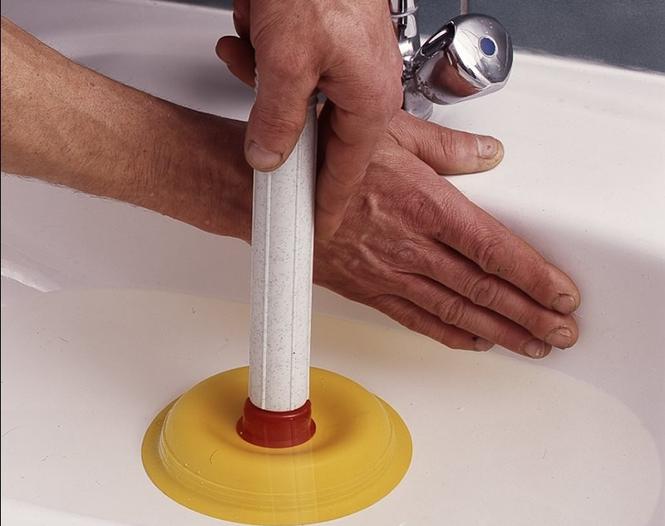



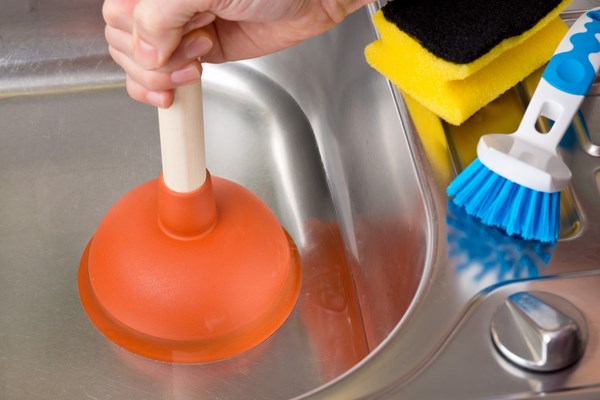

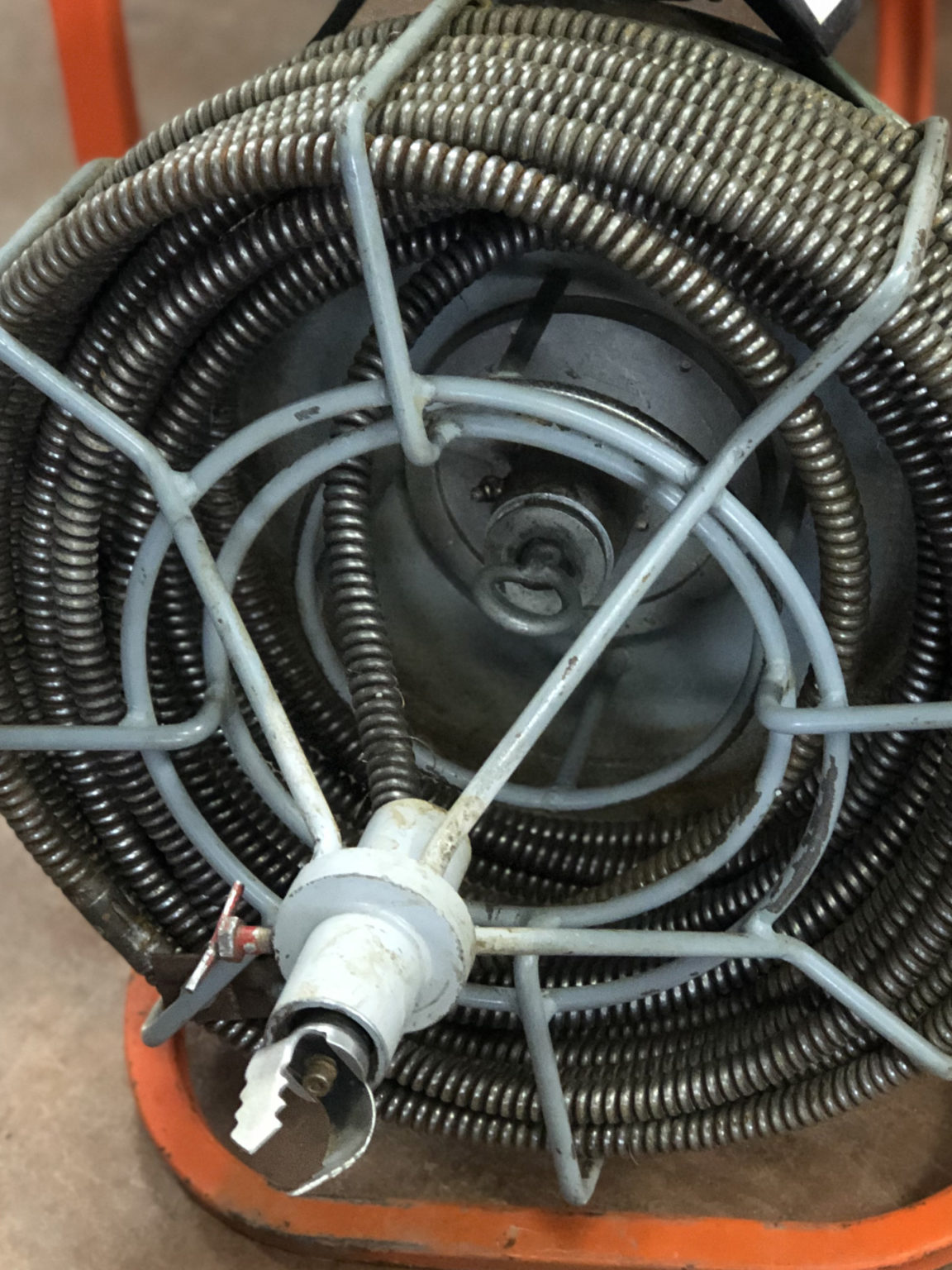

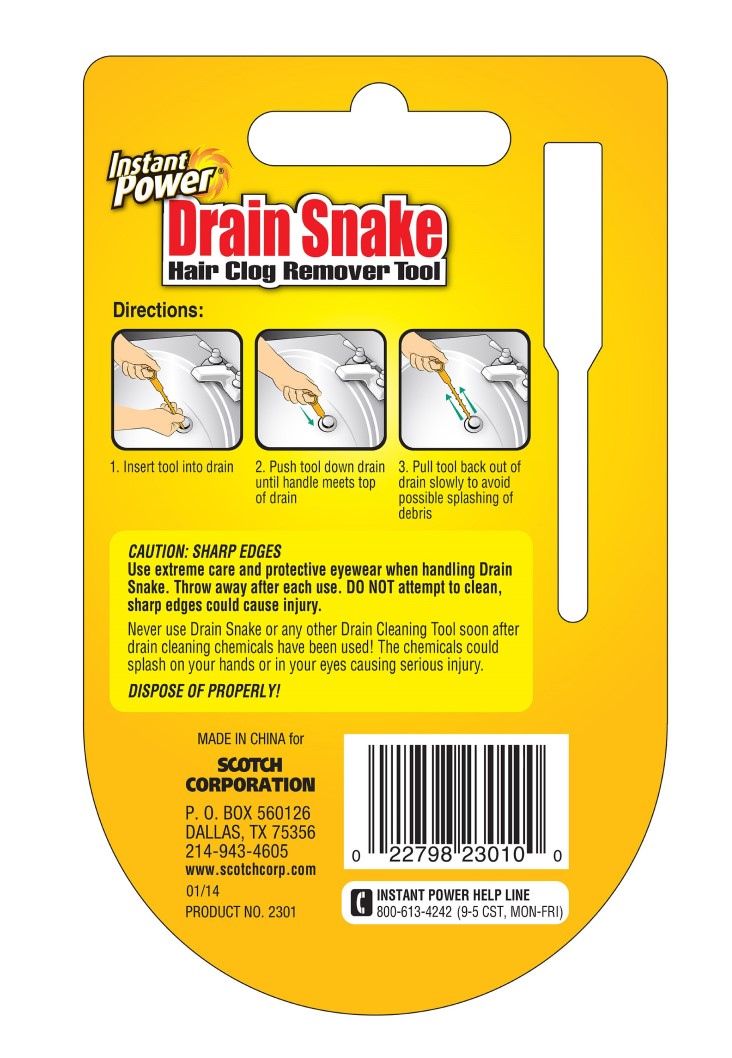




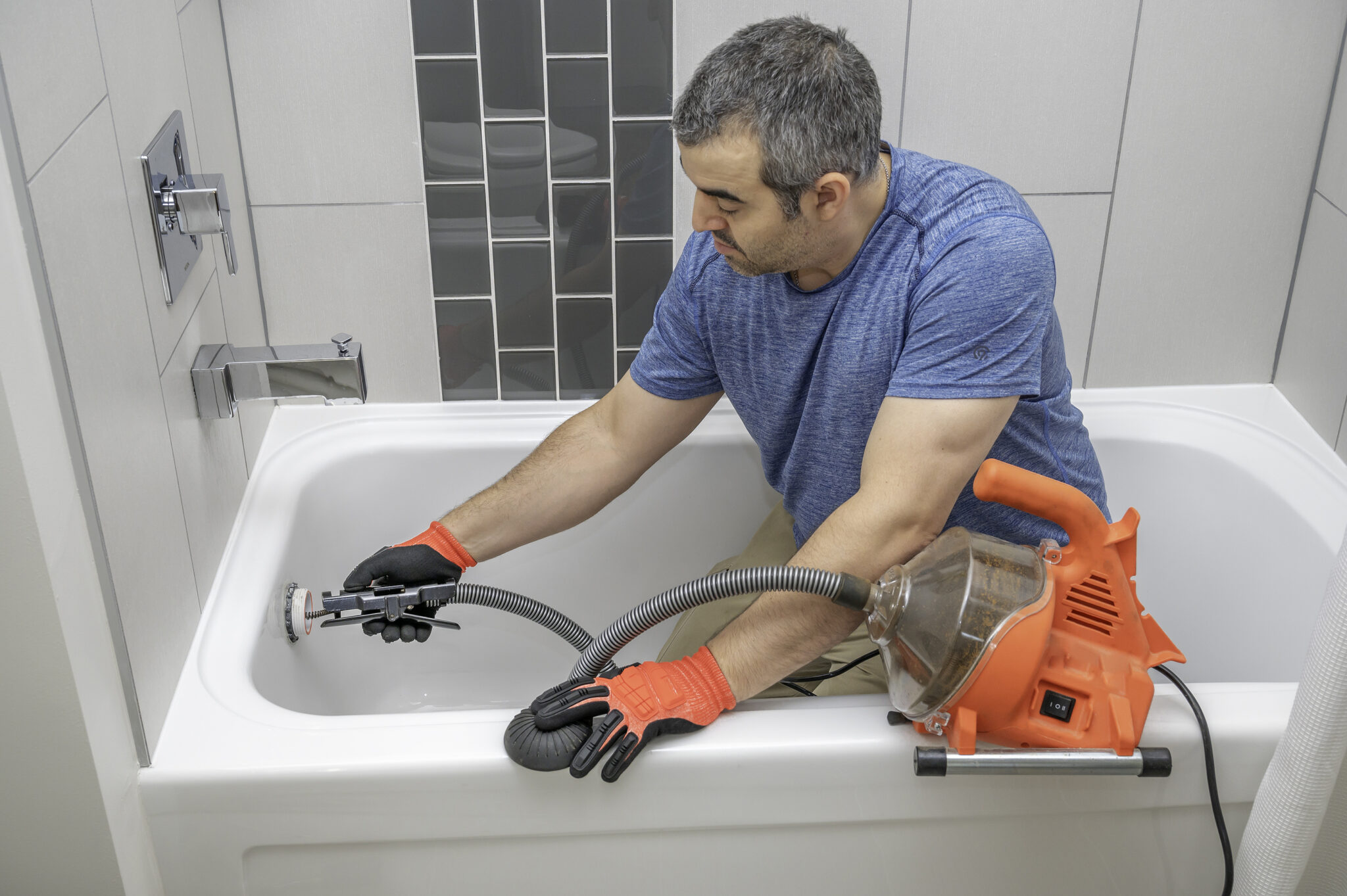

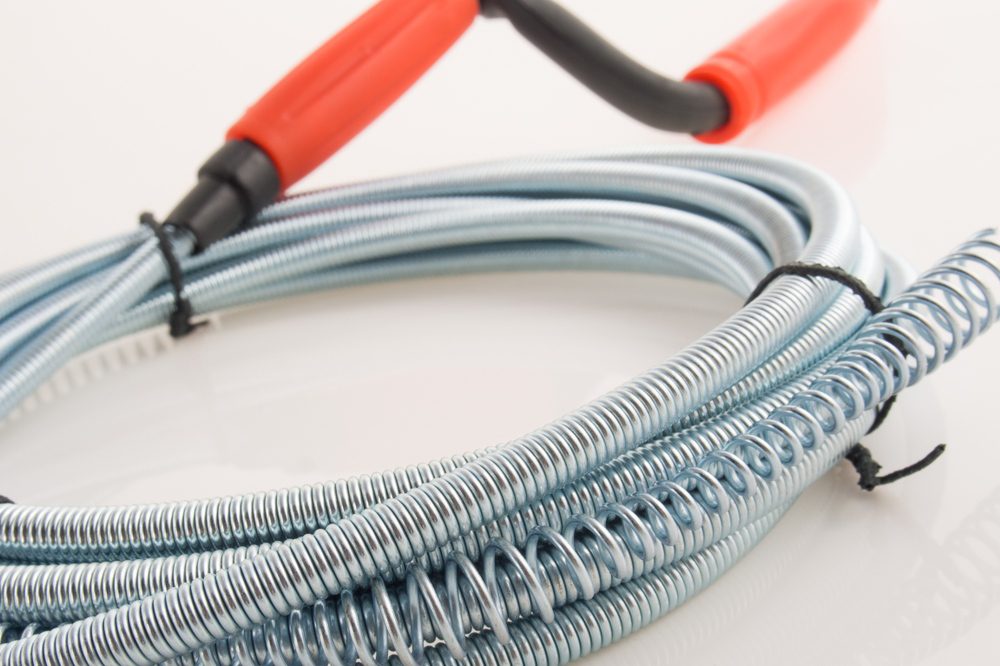






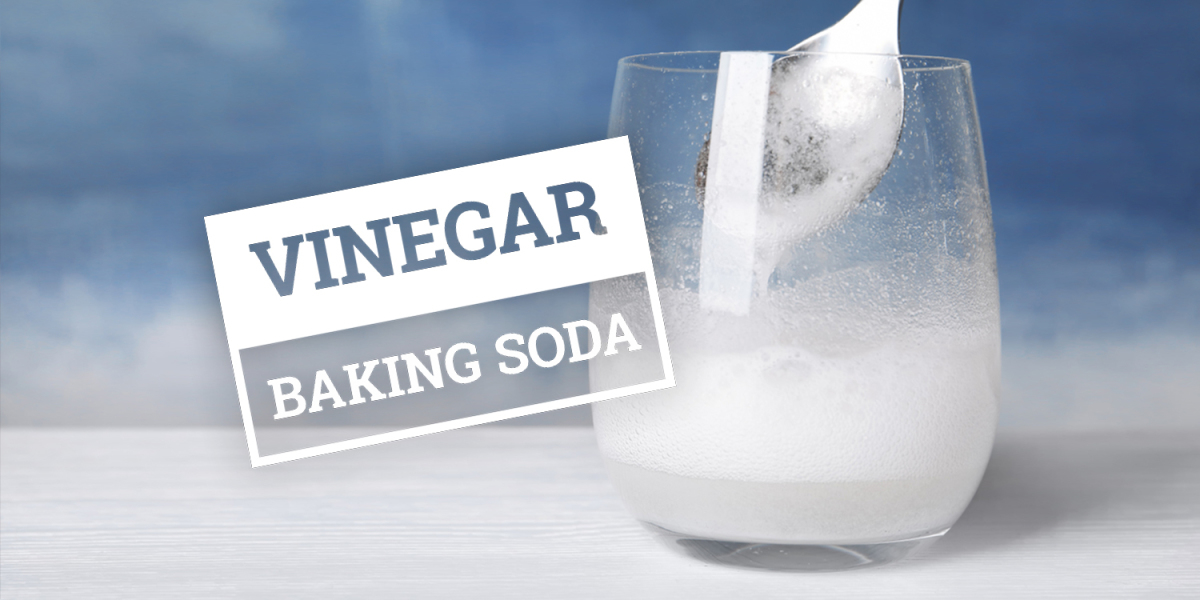

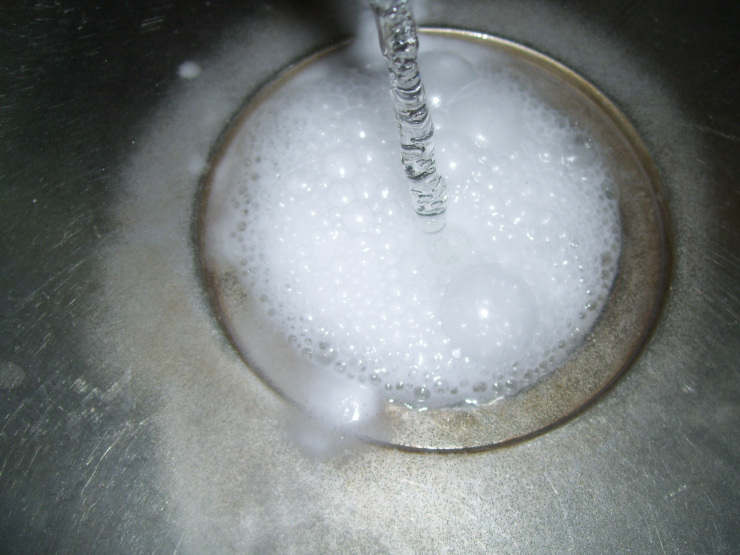
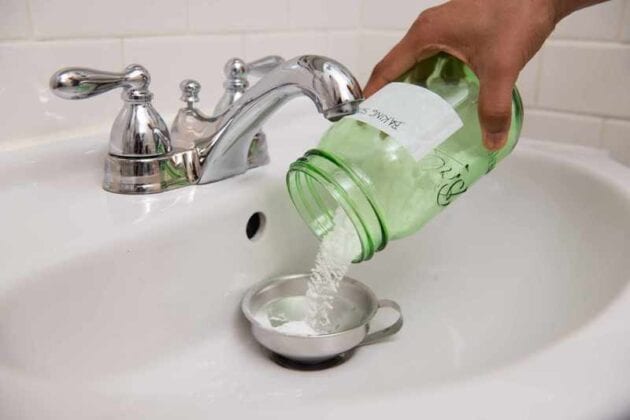

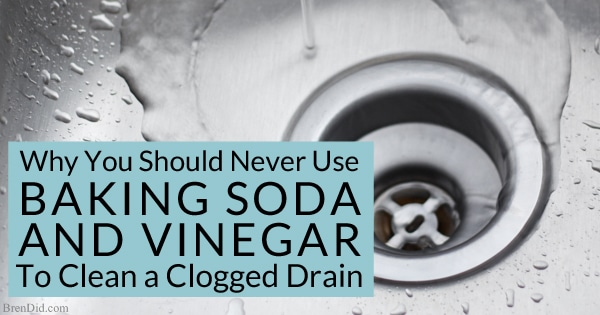











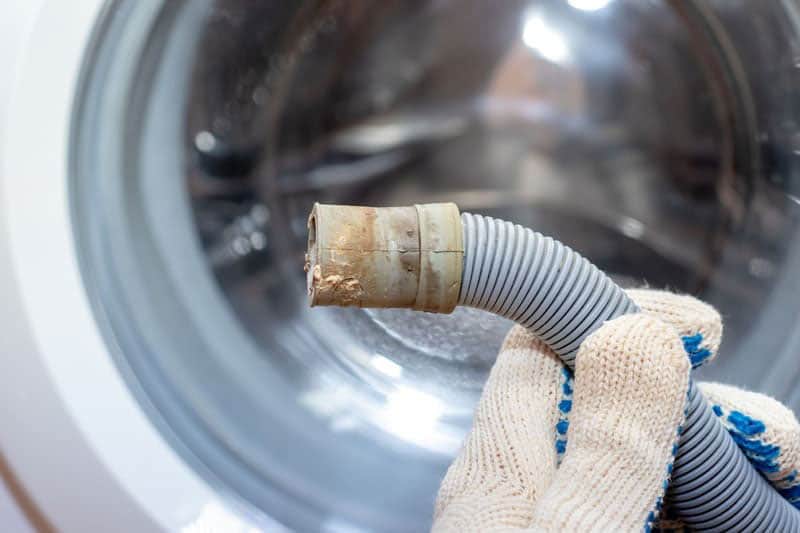






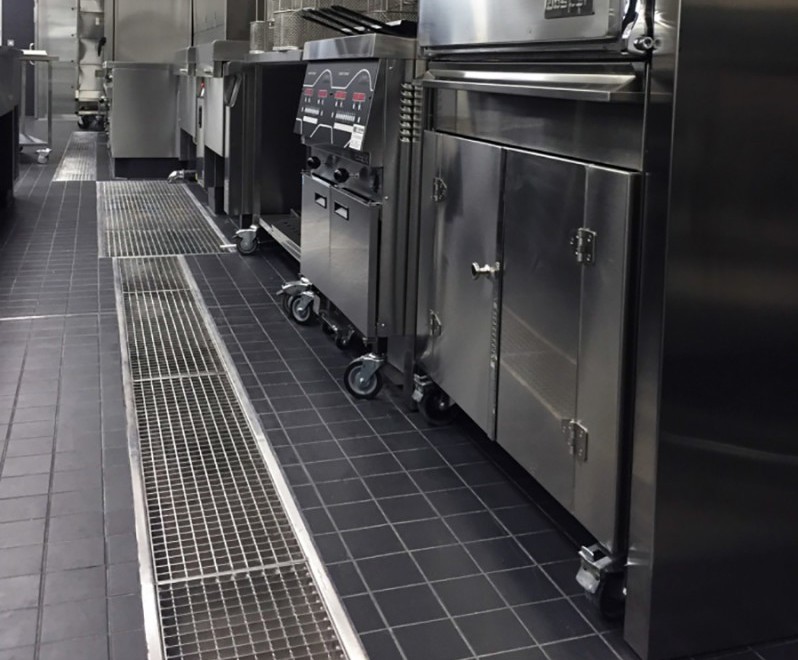


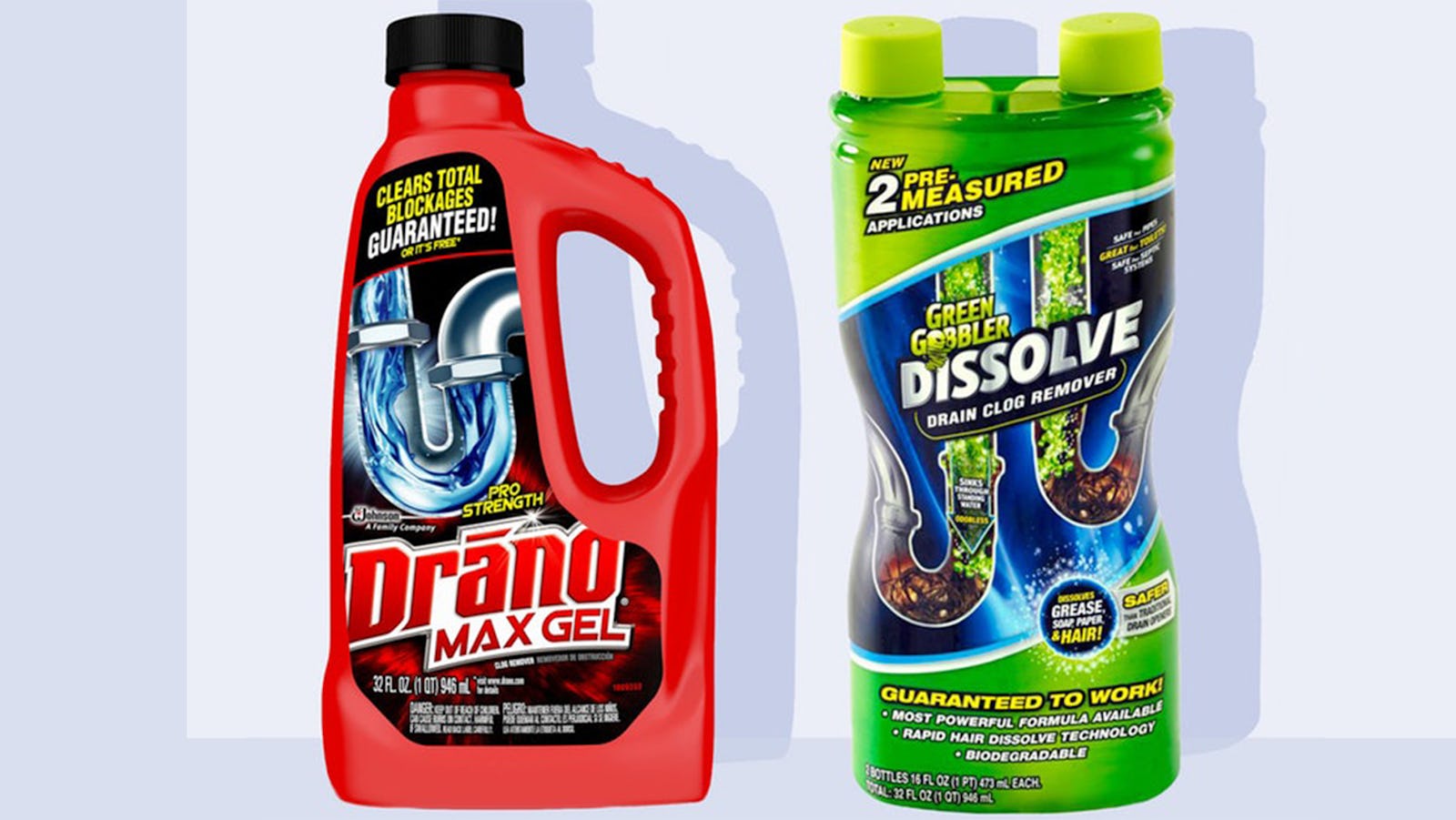
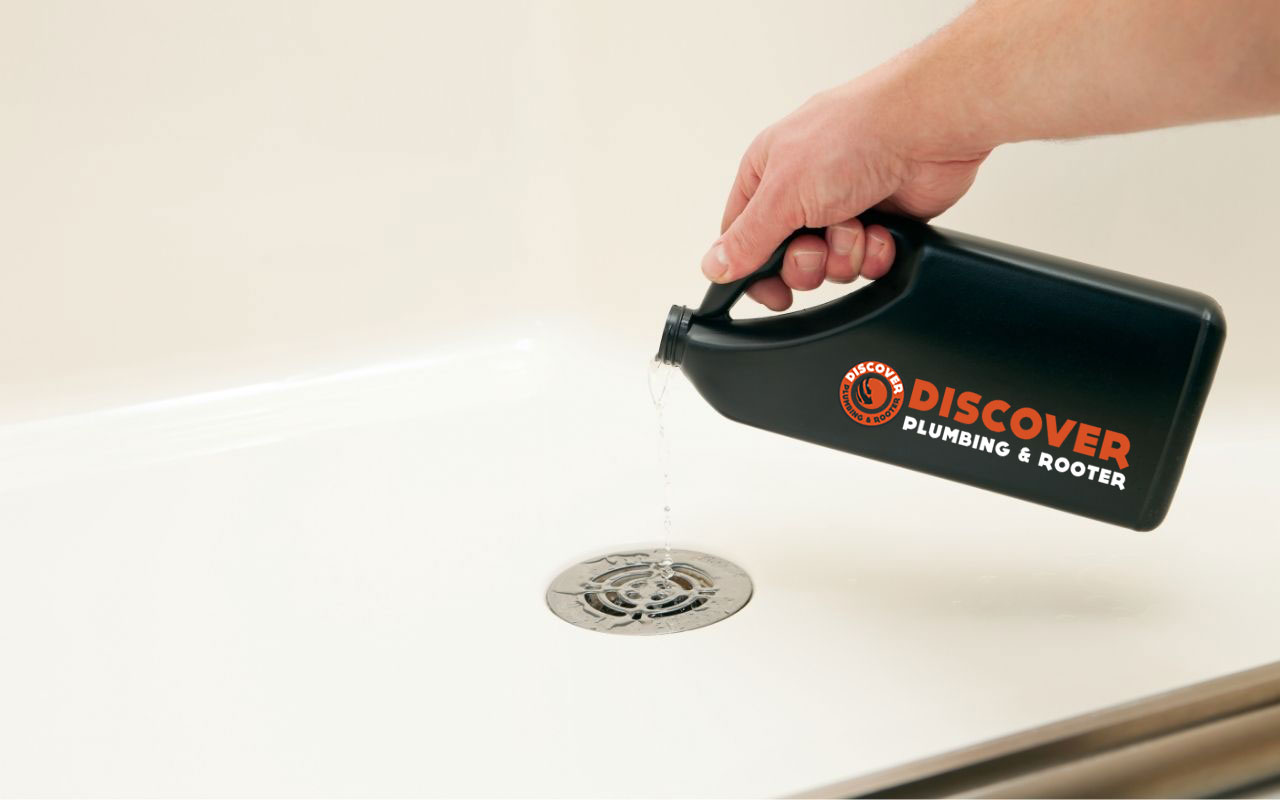





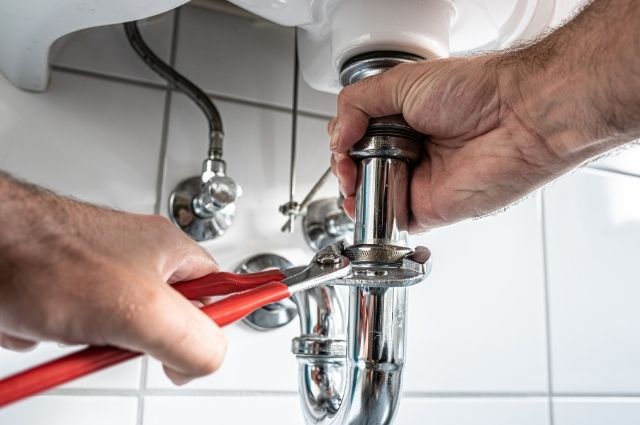

































:max_bytes(150000):strip_icc()/how-to-use-a-snake-drain-100441586-hero-7e5d59ff9d4f48c0857b89342dc2d814.jpg)
